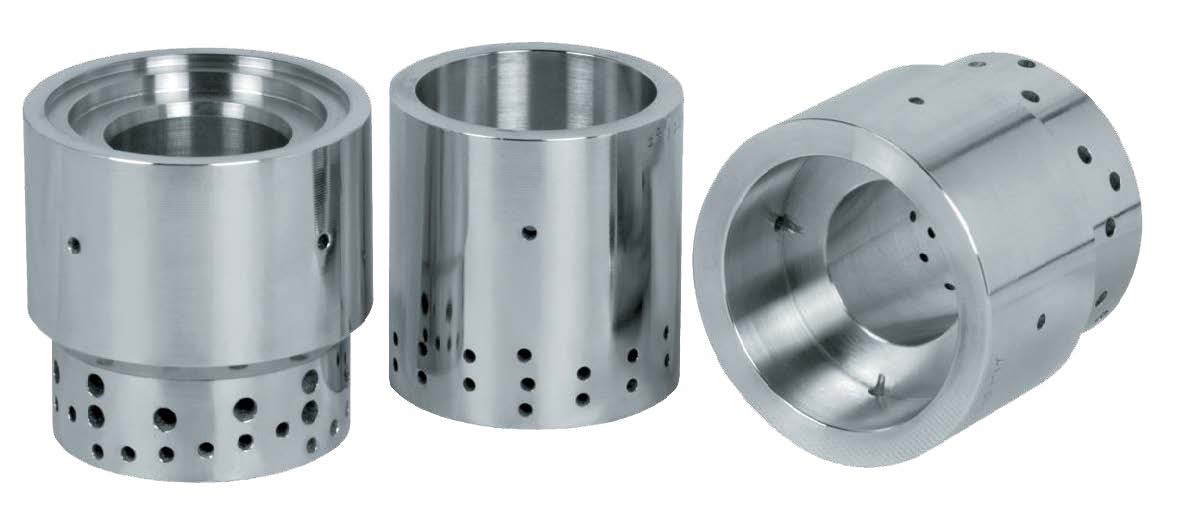Cavitation Service Valve – CavSafe
Cavitation in control valves occurs with liquid media and the primary factors for the same are fluid velocity and pressure drop. Vapor bubbles will form if the liquid’s upstream pressure suddenly drops below its vapor pressure as it flows through the valve. Cavitation is the phenomenon of collapsing/imploding of these vapor bubbles as the pressure recovers downstream of the valve’s trim outlet or Vena Contracta.
Cavitation in the vicinity of the valve body and piping cause a form of hyper-erosion which can damage valve components and piping thereby causing unacceptable and at times costly process failures.
Conventionally, a harder material is used to minimize the effects of Cavitation damage but is not sufficient by itself.
MTECK Cavitation Control Solution – CavSafe Trim:
MTECK CavSafe trim minimizes cavitation damage to valve components by directing vapor bubbles to collapse in an area away from the metal parts. It utilizes a number of specially engineered small diametrical flow holes through the walls of the seat retainer. As the valve plug lifts off the seat, increasing pairs of holes are opened. Each hole admits a jet of cavitation liquid, which impinges in the center of the retainer upon the jet liquid admitted through the opposing hole.
CavSafe trim fits standard HP-Globe bodies, with the options of both pressure-balanced and unbalanced trims available. The flow characteristic and Cv capacity in a CavSafe are determined by the size and spacing of the holes on the retainer. Different hole sizes and variable spacing can be used on the same retainer to achieve the desired flow characteristic.
Multi-stage CavSafe trim options are also available and can be specifically customised to suit the application severity or requirements.

